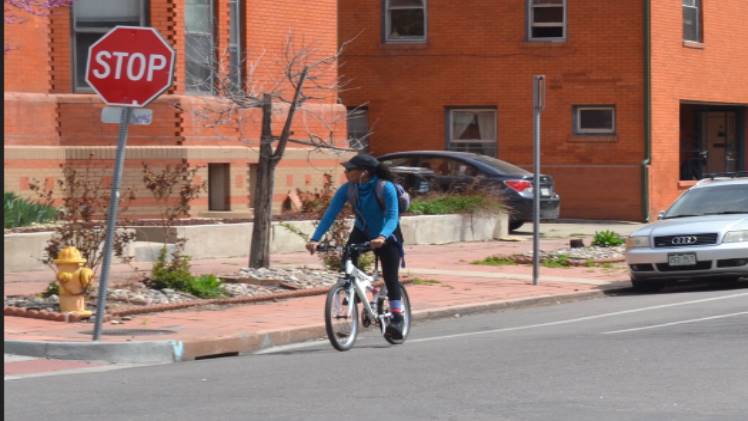Nothing is more likely to provoke a controversy between cyclists and motorists than whether riders should be required to halt at stop signs. While New York and California laws require cyclists to obey all traffic laws, signage, and lights while on the road, some exceptions help everyone. So, what are the benefits and drawbacks of riding a bicycle through stop signs? Should bicycles even be required to halt, or should they be permitted to keep momentum and ride cautiously? Speak to a legal professional or learn more here.
Stopping or proceeding with caution
Unsurprisingly, anyone who has spent a day stopped in traffic will attest to the number of bikers who do not observe all stop signs and lights. This is despite legislation requiring bike riders to come to a complete stop when a sign is present. A recent study indicated that more than 89% of bicycle accidents happen at crossings, but perceptions are shifting over whether this is due to a lack of stopping.
Benefits of coming to a full stop
When a cyclist pretends to slow down but continues through a stop sign, this is called an “Idaho stop” because Idaho was one of the first states to allow such maneuvers on its highways. With the bicycle population in New York and California on the rise, the states are currently weighing the hazards of enforcing complete stops vs. yielding and riding through.
To truly assess the situation, it is necessary to grasp the purpose of stop signs in traffic. Are they intended to govern traffic flow or to regulate vehicle speed? In fact, neither! A stop sign aids in dictating the sequence in which vehicles can pass through an intersection, effectively selecting whose turn to take to enter new road zones. A bicycle that performs a rolling halt disrupts this sequence and is sometimes considered to be breaking the law.
What are the advantages of bikers coming to a complete stop at an intersection?
-
Preventing accidents
Coming to a complete stop allows bike riders to clear a junction before advancing. This can assist you in avoiding being distracted by the present traffic situation and allow you more time to watch for unexpected automobiles or riders making a quick right turn.
-
Minimizes traffic confusion
As previously stated, stop signs are primarily used to determine whose turn it may be to enter a new traffic zone. When a rider cuts through a stop sign without following the right protocol, other drivers may be confused and cut out in front of someone else. It is preferable to simply stop and maintain normal traffic flow.

